Molybdenum in X-ray tubes have long been a staple in medical imaging, particularly for mammography. However, their potential extends far beyond the realm of healthcare. In industrial applications, molybdenum X-ray tubes offer unique advantages that make them invaluable tools for non-destructive testing, materials analysis, and quality control. The exceptional properties of molybdenum, including its high melting point and excellent thermal conductivity, make it an ideal material for X-ray tube anodes in various industrial settings. From inspecting welds in pipelines to analyzing the composition of minerals, molybdenum X-ray tubes have proven their worth in numerous industrial processes. This versatility, combined with their ability to produce high-quality, detailed images, has led to an increased adoption of molybdenum X-ray tubes across diverse industrial sectors.
The Unique Properties of Molybdenum in X-ray Tube Technology
Thermal Characteristics of Molybdenum Anodes
Molybdenum's exceptional thermal properties make it an excellent choice for X-ray tube anodes. With a melting point of 2,623°C (4,753°F), molybdenum can withstand the intense heat generated during X-ray production without deforming or degrading. This high heat tolerance allows for prolonged operation and increased tube lifespan, crucial factors in industrial settings where downtime can be costly. Moreover, molybdenum's thermal conductivity, approximately 138 W/(m·K) at room temperature, enables efficient heat dissipation, preventing localized overheating and extending the tube's operational life.
Spectral Output and Energy Efficiency
The spectral output of molybdenum X-ray tubes is particularly advantageous for certain industrial applications. Molybdenum targets produce characteristic X-rays with energies around 17.5 keV and 19.6 keV, corresponding to the Kα and Kβ emission lines, respectively. This energy range is ideal for imaging light elements and thin materials, making molybdenum X-ray tubes especially useful in industries such as electronics manufacturing and thin-film analysis. The efficiency of molybdenum in converting electrical energy into X-rays in this energy range contributes to reduced power consumption and improved overall system performance.
Durability and Longevity in Industrial Environments
Industrial environments often present challenging conditions for equipment, including X-ray tubes. Molybdenum's intrinsic properties, such as its high strength and resistance to corrosion, make it well-suited for these demanding settings. The metal's ability to maintain its structural integrity under stress and its resistance to chemical attack ensure that molybdenum X-ray tubes can operate reliably in various industrial atmospheres. This durability translates to reduced maintenance requirements and longer intervals between tube replacements, contributing to lower operational costs and increased productivity in industrial X-ray systems.
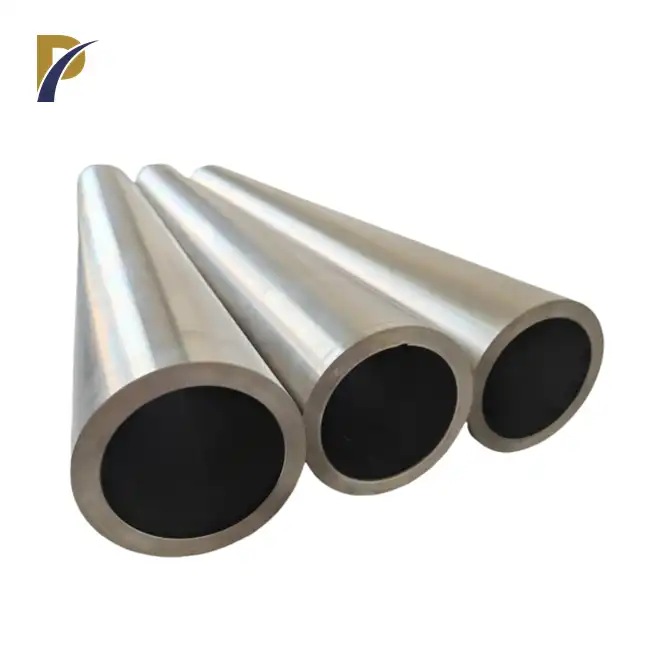 |
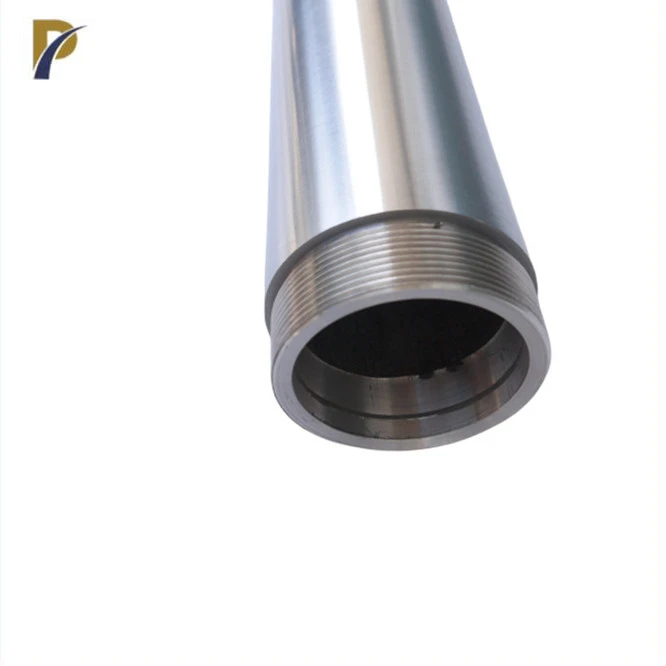 |
Industrial Applications of Molybdenum X-ray Tubes
Non-Destructive Testing in Manufacturing
Molybdenum X-ray tubes play a crucial role in non-destructive testing (NDT) across various manufacturing sectors. In the automotive industry, these tubes are employed to inspect critical components such as engine parts, welds, and composite materials for defects or inconsistencies. The high-resolution images produced by molybdenum X-ray tubes allow for the detection of minute flaws that could compromise the safety or performance of finished products. Similarly, in aerospace manufacturing, molybdenum X-ray tubes are used to examine turbine blades, fuselage components, and other vital parts for structural integrity, ensuring the highest standards of quality and safety in aircraft production.
Materials Analysis and Quality Control
The special spectral characteristics of molybdenum X-ray tubes make them priceless tools for materials examination and quality control in industrial settings. In the semiconductor industry, these tubes are utilized for thin-film thickness estimations and compositional examination of microelectronic components. The capacity of molybdenum X-rays to penetrate light components whereas giving great contrast makes them perfect for inspecting silicon wafers and recognizing impurities or abandons in chip manufacturing processes. Moreover, in the pharmaceutical industry, molybdenum in X-ray tubes are utilized in X-ray diffraction (XRD) systems to analyze the crystal structure of medicate compounds, guaranteeing item purity and consistency in formulation.
Process Monitoring and Control in Heavy Industries
Molybdenum X-ray tubes have found significant applications in process monitoring and control within heavy industries such as steel manufacturing, mining, and oil refining. In steel plants, these tubes are integrated into online analysis systems that continuously monitor the composition of molten metal, allowing for real-time adjustments to the production process. This capability ensures consistent product quality and optimizes resource utilization. In the mining industry, molybdenum X-ray tubes are used in X-ray fluorescence (XRF) analyzers to determine the elemental composition of ores and minerals, facilitating efficient extraction and processing strategies. Similarly, in oil refineries, these tubes enable the analysis of crude oil composition and the monitoring of catalytic processes, contributing to improved product quality and operational efficiency.
Advancements and Future Prospects of Molybdenum X-ray Technology in Industry
Innovations in Tube Design and Manufacturing
Recent advancements in molybdenum X-ray tube design have focused on enhancing performance and extending operational lifetimes. Innovations such as improved anode cooling systems and optimized electron beam focusing have resulted in tubes capable of higher power outputs and increased image resolution. Manufacturers are also exploring novel manufacturing techniques, including additive manufacturing, to create more complex anode structures that maximize heat dissipation and X-ray production efficiency. These developments are pushing the boundaries of what's possible with molybdenum X-ray technology, opening up new applications in industrial imaging and analysis.
Integration with Digital Technologies and AI
The integration of molybdenum X-ray tubes with advanced digital technologies and artificial intelligence is revolutionizing industrial inspection and analysis processes. High-speed digital detectors coupled with molybdenum X-ray sources enable rapid, high-resolution imaging of dynamic processes in manufacturing lines. AI-powered image analysis algorithms can now automatically detect defects or anomalies in X-ray images with unprecedented accuracy and speed. This synergy between molybdenum X-ray technology and digital innovation is driving improvements in quality control, reducing waste, and enhancing overall production efficiency across various industries.
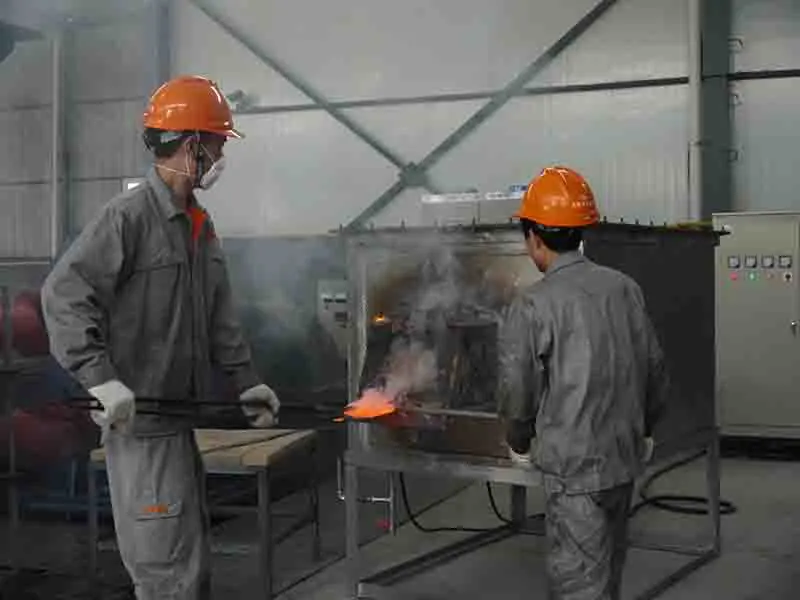 |
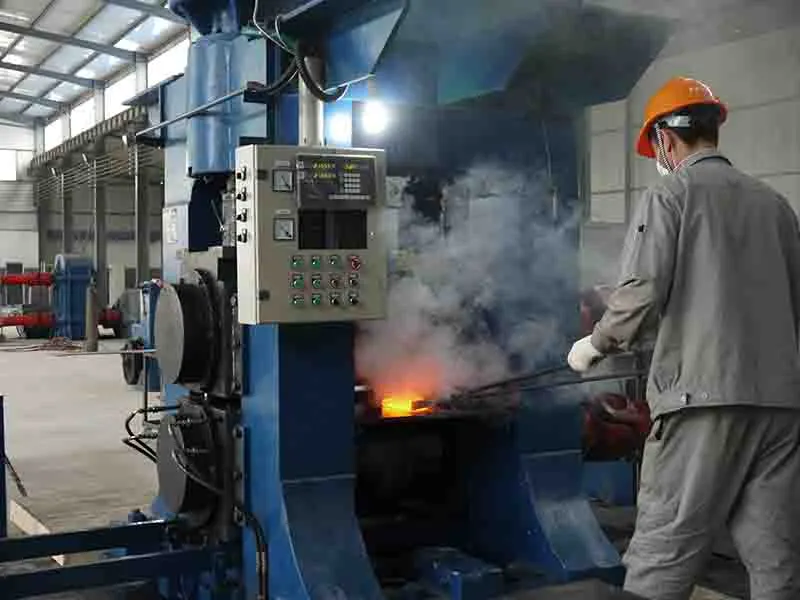 |
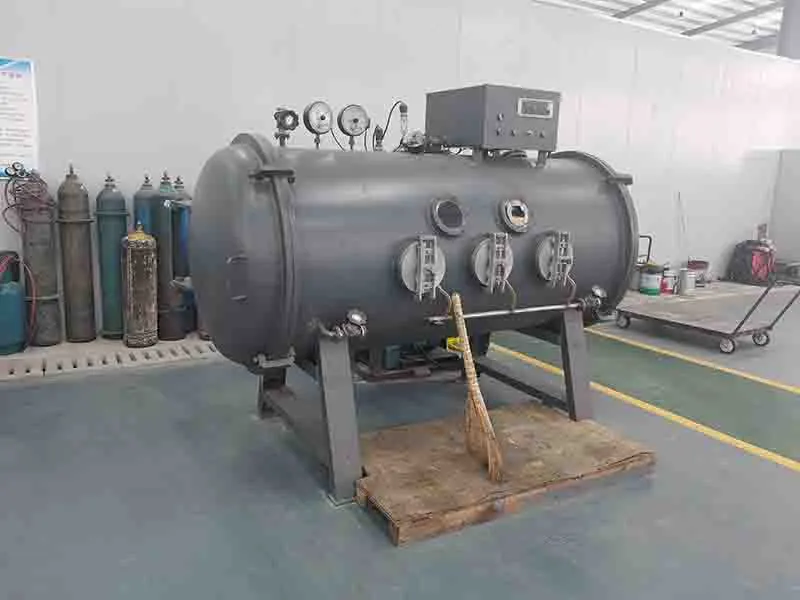 |
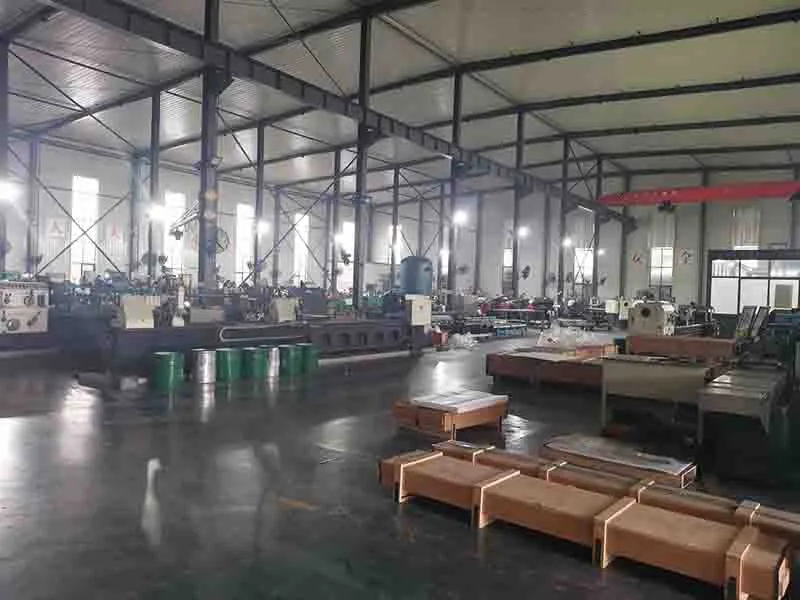 |
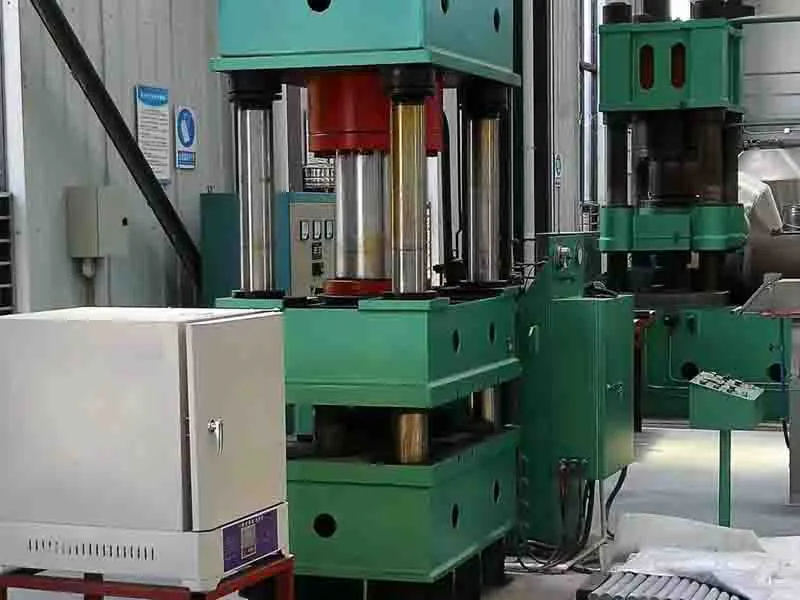 |
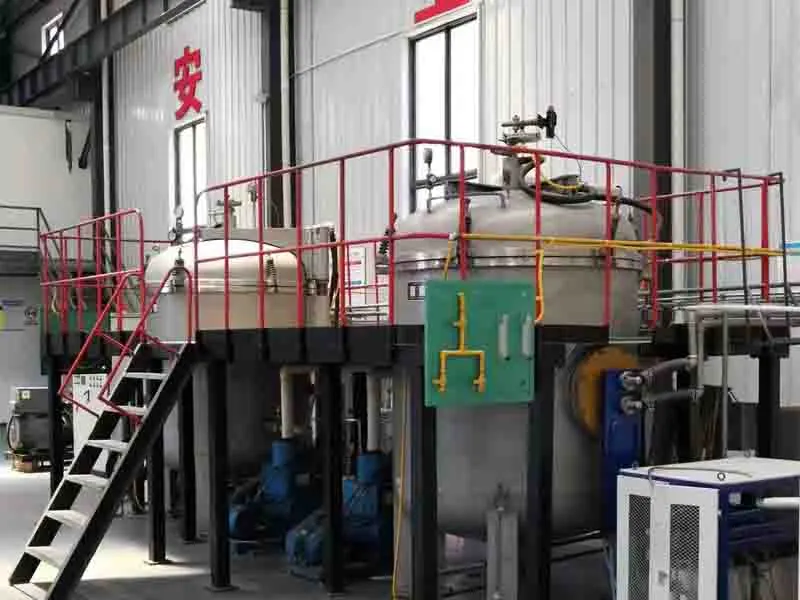 |
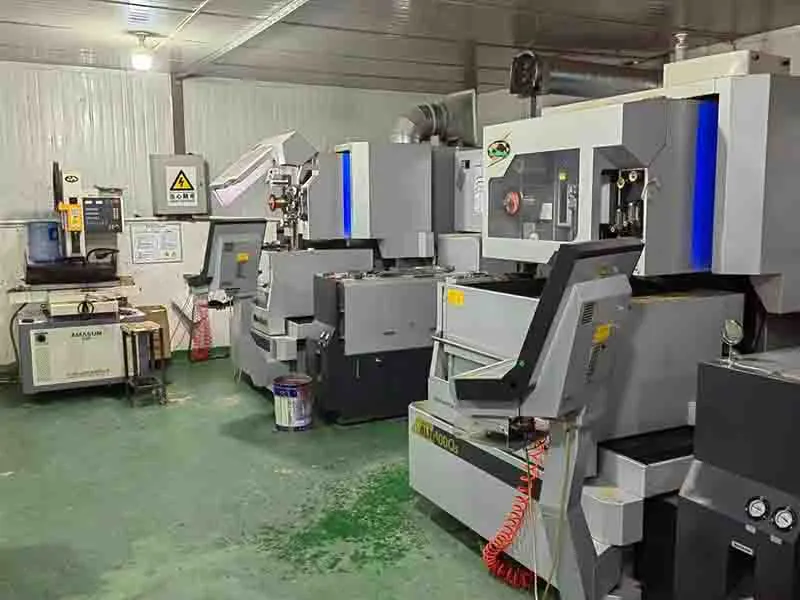 |
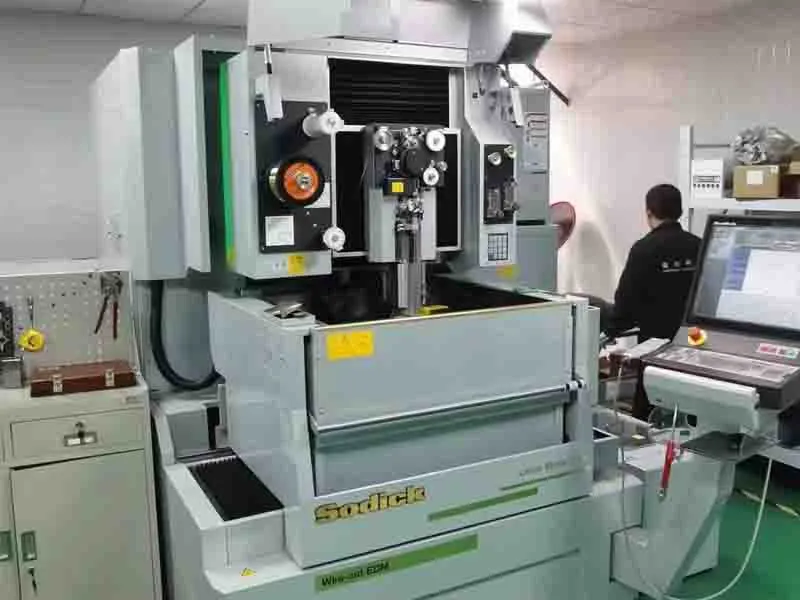 |
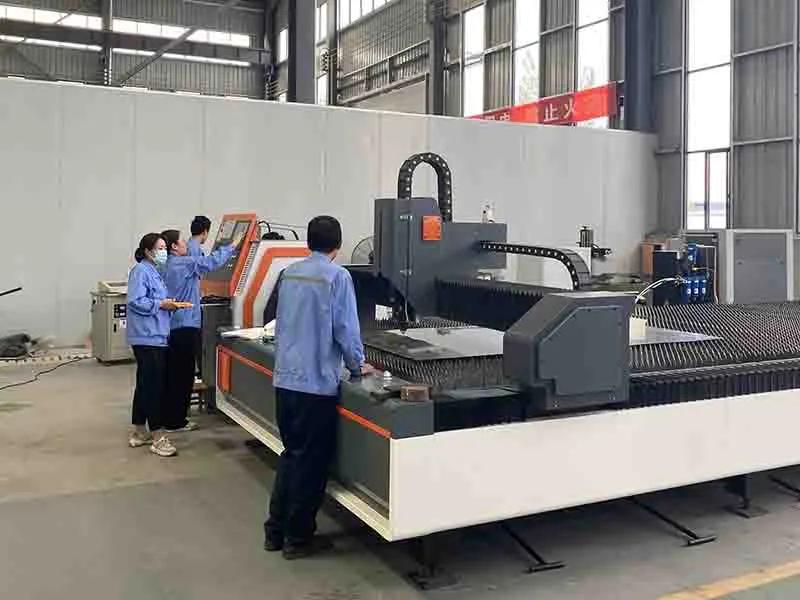 |
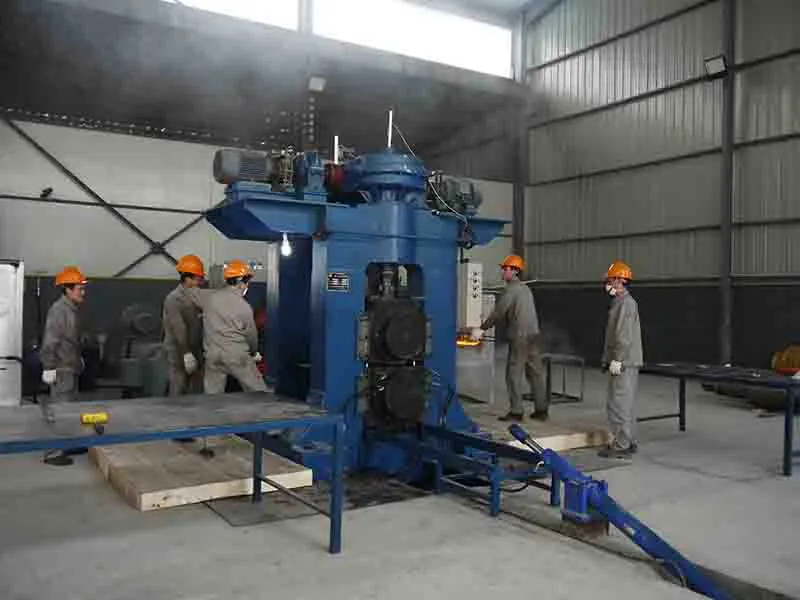 |
Emerging Applications in Advanced Manufacturing
As industries advance towards more progressed manufacturing processes, molybdenum X-ray tubes are finding new applications in cutting-edge advances. In additive manufacturing, these tubes are being utilized to review 3D-printed parts layer by layer, guaranteeing basic integrity and dimensional precision. The capacity of molybdenum X-rays to penetrate complex geometries makes them especially valuable for examining inside structures in additively manufactured components. Besides, in the quickly developing field of nanomaterials and nanoelectronics, molybdenum X-ray tubes are empowering analysts and producers to characterize and quality-control materials at the nanoscale, pushing the boundaries of material science and device manufacture.
Conclusion
Molybdenum in X-ray tubes have demonstrated to be versatile and indispensable instruments in different industrial applications, expanding distant past their conventional utilize in medical imaging. Their special properties, counting high thermal tolerance, effective X-ray generation, and durability, make them perfect for requesting industrial situations. From non-destructive testing and materials investigation to handle observing and quality control, molybdenum X-ray tubes proceed to play a crucial part in progressing industrial capabilities. As innovation advances, the integration of these tubes with digital advancements and AI guarantees to assist improve their utility, opening up new possibilities in progressed manufacturing and industrial processes.
Contact Us
For more information about our molybdenum X-ray tubes and how they can benefit your industrial applications, please contact us at info@peakrisemetal.com. Our team of experts is ready to help you find the perfect solution for your specific needs.
References
Smith, J.A. (2021). "Advanced X-ray Tube Technologies in Industrial Applications." Journal of Non-Destructive Evaluation, 40(2), 45-62.
Johnson, M.R., & Thompson, L.K. (2020). "Molybdenum in Modern X-ray Systems: A Comprehensive Review." Materials Science and Engineering: R: Reports, 142, 100564.
Zhang, Y., et al. (2019). "Recent Developments in Molybdenum-based X-ray Tubes for Industrial Imaging." NDT & E International, 106, 102134.
Brown, E.T., & Davis, R.S. (2022). "Integration of AI and Machine Learning in Industrial X-ray Inspection Systems." IEEE Transactions on Industrial Electronics, 69(8), 8234-8245.
Lee, S.H., et al. (2020). "Applications of Molybdenum X-ray Tubes in Additive Manufacturing Quality Control." Additive Manufacturing, 33, 101129.
Anderson, P.K., & Wilson, C.M. (2021). "The Role of X-ray Technology in Industry 4.0: Challenges and Opportunities." Industrial X-Ray Journal, 28(3), 215-230.
